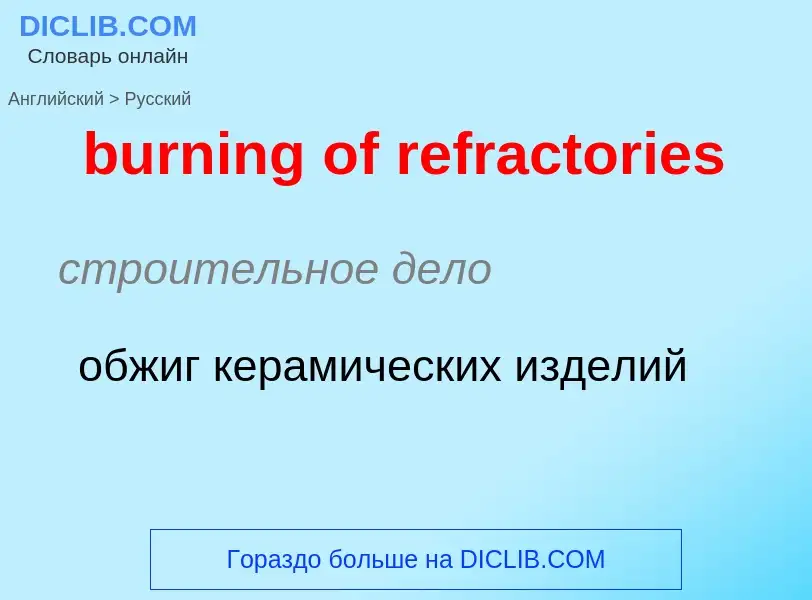Перевод и анализ слов искусственным интеллектом ChatGPT
На этой странице Вы можете получить подробный анализ слова или словосочетания, произведенный с помощью лучшей на сегодняшний день технологии искусственного интеллекта:
- как употребляется слово
- частота употребления
- используется оно чаще в устной или письменной речи
- варианты перевода слова
- примеры употребления (несколько фраз с переводом)
- этимология
burning of refractories - перевод на русский
строительное дело
обжиг керамических изделий
Определение
.
Википедия

The burning of Judas is an Easter-time ritual that originated in European Christian communities where an effigy of Judas Iscariot is burned. Other related mistreatment of Judas effigies include hanging, flogging, and exploding with fireworks. A similar ritual in Jewish tradition would be the hanging and burning an effigy of Haman and his ten sons during Purim, although this is not a widespread contemporary practice.
Though not an official part of the Easter liturgical cycle, the custom is typically a part of the reenactment of the story of the Passion that is practiced by the faithful during Easter. Customs vary, but the effigy of Judas is typically hanged (reenacting Matthew 27:5) on Good Friday, then burned on the night of Easter Sunday.
In many parts of Latin America this practice occurs on the eve of the New Year as a symbol of ridding one's self of evil and beginning a new year in spiritual purity. Some communities observe this ritual using various effigies, including the biblical Judas (who betrayed Jesus). This custom, during which the effigy is burned on a stake, is called "Quema del Judas" ("the burning of Judas") in Uruguay and Argentina, and "Quema del Año Viejo" ("the burning of the old year") in other places.


![Burning of Judas in [[Juiz de Fora]], [[Brazil]], 1909 Burning of Judas in [[Juiz de Fora]], [[Brazil]], 1909](https://commons.wikimedia.org/wiki/Special:FilePath/Academia de Comercio - Queima do Judas (1909).jpg?width=200)
![Creating a Judas figure in form of a devil at a workshop at the [[Museo de Arte Popular, Mexico City]] Creating a Judas figure in form of a devil at a workshop at the [[Museo de Arte Popular, Mexico City]]](https://commons.wikimedia.org/wiki/Special:FilePath/Judas TallerMAP.jpg?width=200)
![Shooting at the gallows of the [[effigy]] of Judas Iscariot, [[Santorini]], Greece, April 2010 Shooting at the gallows of the [[effigy]] of Judas Iscariot, [[Santorini]], Greece, April 2010](https://commons.wikimedia.org/wiki/Special:FilePath/The Burning of Judas (4491213472).jpg?width=200)

